 نظام الشبكة الشمسية الصغيرة للفندق
نظام الشبكة الشمسية الصغيرة للفندق
Aug 06, 2024
نظام الطاقة الشمسية للفندق Microgrid هو نظام طاقة متكامل يجمع توليد الطاقة الشمسية, بطاريات تخزين الطاقةومحولات الطاقة الشمسية والأحمال وتقنيات التحكم المتقدمة لتوفير حلول طاقة موثوقة وصديقة للبيئة للمباني التجارية مثل الفنادق. ومن خلال الدمج المنظم لمختلف مصادر الطاقة الموزعة، يحقق هذا النظام الاكتفاء الذاتي في الطاقة، ويقلل بشكل كبير من الاعتماد على الشبكات التقليدية، ويعزز الصورة الخضراء للفندق والفوائد الاقتصادية.I. تكوين النظاميتكون نظام الشبكة الشمسية الصغيرة بالفندق بشكل أساسي من المكونات التالية:المصفوفات الشمسية: باعتبارها وحدة توليد الطاقة الأساسية، تقوم المصفوفات الكهروضوئية بتحويل الإشعاع الشمسي مباشرة إلى طاقة كهربائية باستخدام التأثير الكهروضوئي. يتم تركيبها على أسطح الفنادق أو المساحات المفتوحة المحيطة بها لضمان أقصى قدر من التعرض لأشعة الشمس.أجهزة تخزين الطاقة: بما في ذلك البطاريات، تقوم هذه الأجهزة بتخزين الكهرباء الزائدة الناتجة عن المصفوفات الكهروضوئية، مما يضمن استمرار إمداد الفنادق بالطاقة أثناء الليالي أو الأيام الممطرة.محولات الطاقة الشمسية: تحويل كهرباء التيار المباشر (DC) التي تنتجها المصفوفات الكهروضوئية إلى تيار متردد (AC) لتتناسب مع متطلبات الطاقة لأحمال الفندق والشبكة. تعمل استراتيجيات التحكم في العاكس المُحسّنة على تحسين كفاءة واستقرار توليد الطاقة الكهروضوئية.إدارة الأحمال: مراقبة أحمال الطاقة الداخلية للفندق وجدولتها بذكاء في الوقت الفعلي، مما يضمن التوازن بين العرض والطلب على الطاقة وتقليل هدر الطاقة.نظام التحكم: يعمل بمثابة "عقل" النظام، وهو المسؤول عن مراقبة تشغيل الشبكة الصغيرة، وتبديل الوضع، وإرسال الطاقة، والحماية من الأخطاء. تتيح خوارزميات التحكم المتقدمة الإدارة الذكية والتشغيل الأمثل للشبكة الصغيرة.ثانيا. مميزات النظامالمرونة: يمكن تكوين نظام الشبكة الكهروضوئية الصغيرة بالفندق بمرونة وفقًا لاحتياجات الفندق من الطاقة والظروف الفعلية، مما يضمن التشغيل الفعال.الموثوقية: من خلال تضافر أجهزة تخزين الطاقة وأنظمة التحكم الذكية، يضمن النظام إمدادات طاقة مستقرة للفنادق تحت أي ظروف جوية أو فشل في الشبكة.الصداقة البيئية: استخدام الطاقة الشمسية، وهي مصدر طاقة نظيف ومتجدد، يقلل الاعتماد على الوقود الأحفوري التقليدي، ويقلل من انبعاثات الكربون، ويعزز الصورة الخضراء للفندق.الكفاءة الاقتصادية: على المدى الطويل، يعمل نظام الشبكة الكهروضوئية الصغيرة على تقليل تكاليف الكهرباء للفنادق بشكل كبير، مما يحسن أدائها الاقتصادي.ثالثا. سيناريوهات التطبيق يعد نظام الشبكة الكهروضوئية الصغيرة بالفندق مناسبًا لمختلف أحجام الفنادق، خاصة تلك التي لديها متطلبات عالية لاستقرار إمدادات الطاقة والتركيز على البيئة
اقرأ أكثر
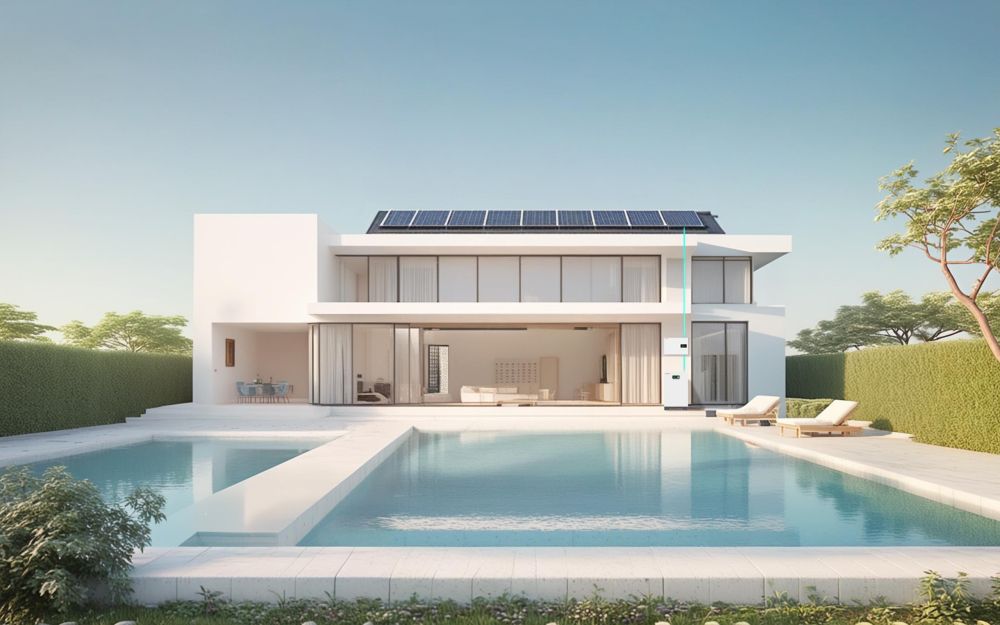 نظام الشبكة الصغيرة للفيلا العائلية الثورية
نظام الشبكة الصغيرة للفيلا العائلية الثورية
 نظام تخزين الطاقة الشمسية الصغيرة في المدارس: دعم التعليم الأخضر من أجل مستقبل مستدام
نظام تخزين الطاقة الشمسية الصغيرة في المدارس: دعم التعليم الأخضر من أجل مستقبل مستدام
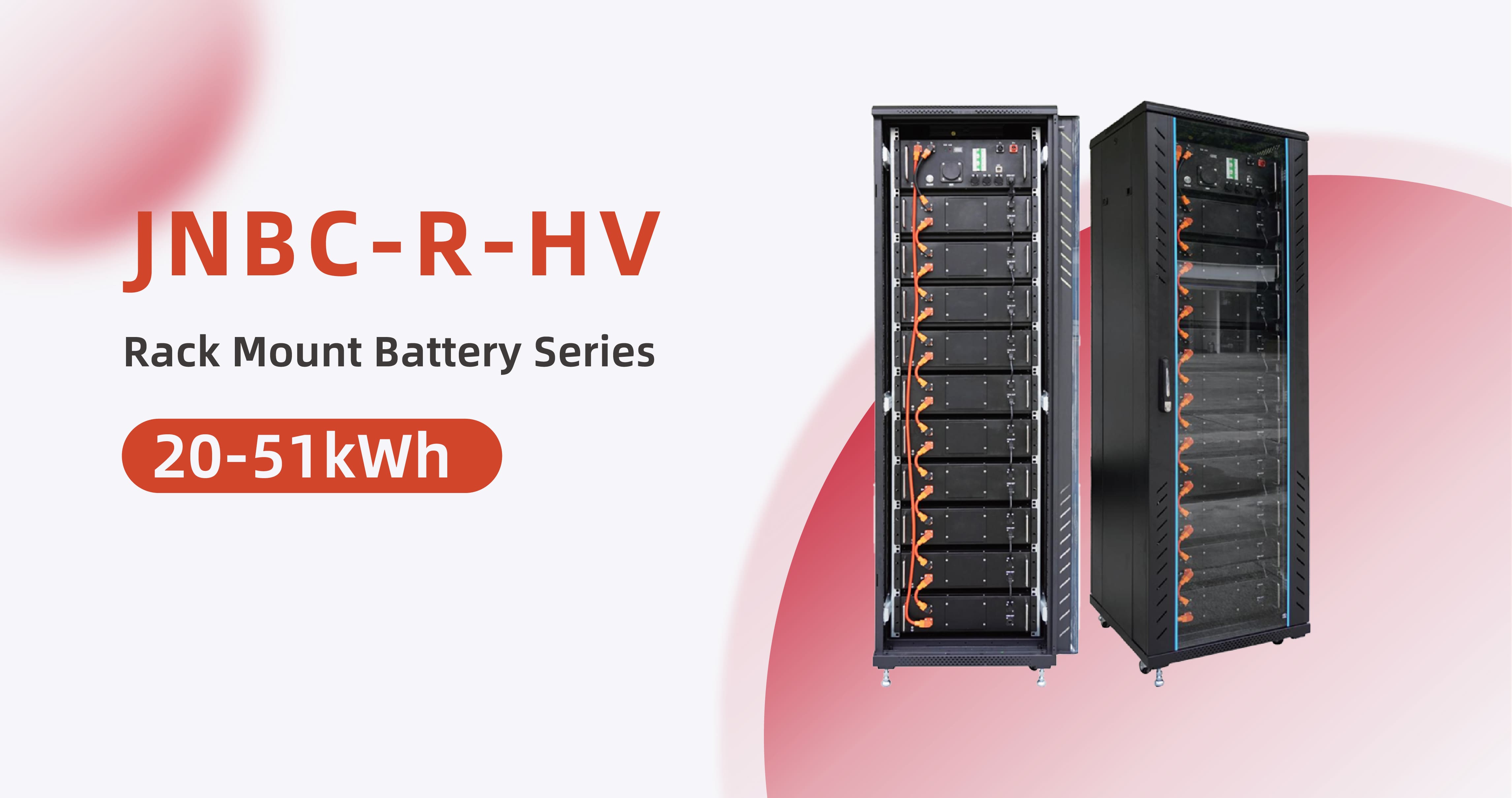 تحذير من ارتفاع درجة الحرارة! تخزين الطاقة الصناعية والتجارية يقول "لا" لقيود الطاقة!
تحذير من ارتفاع درجة الحرارة! تخزين الطاقة الصناعية والتجارية يقول "لا" لقيود الطاقة!
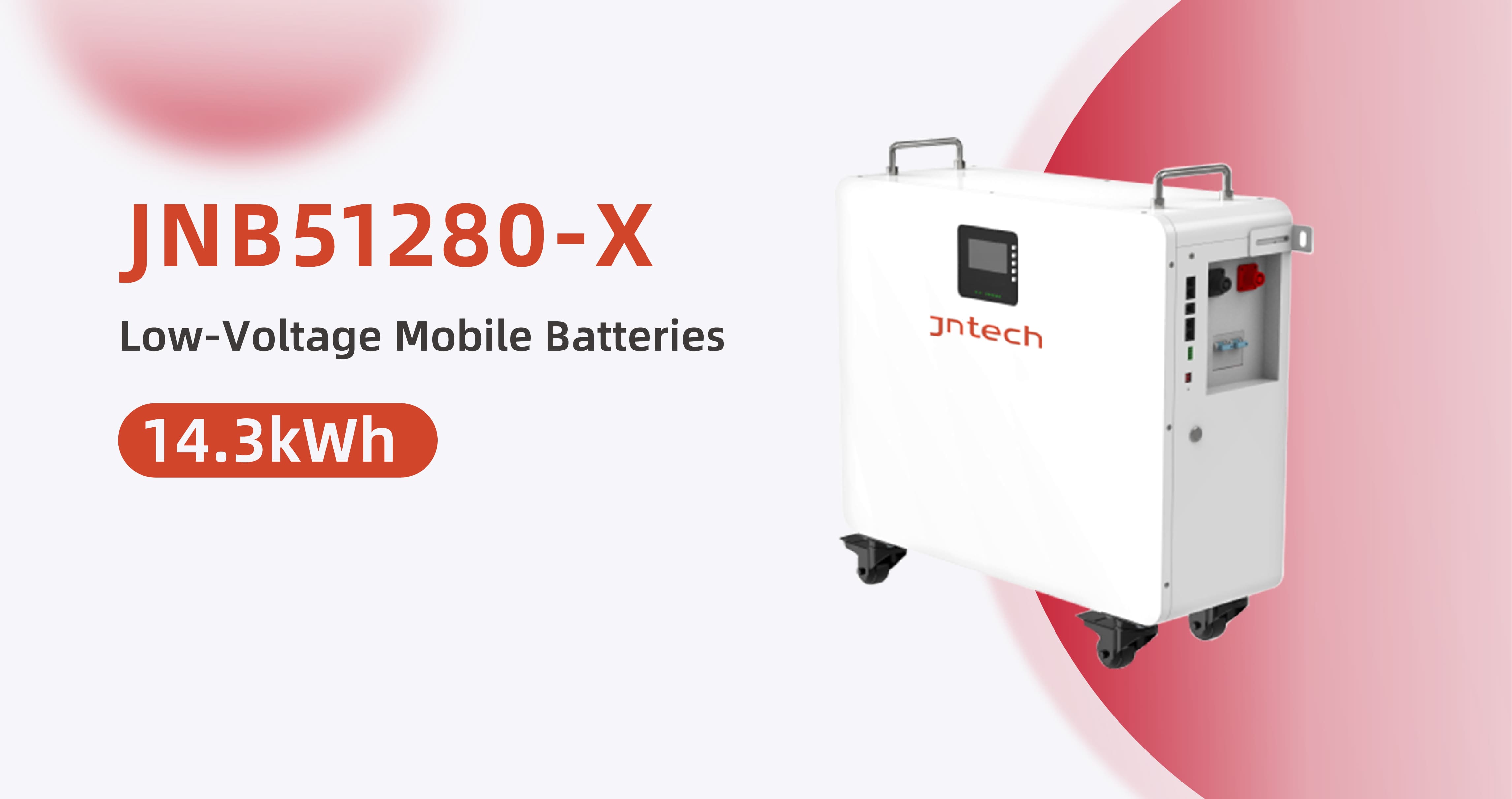 لا يزال تخزين طاقة بطارية الليثيوم هو الاتجاه السائد
لا يزال تخزين طاقة بطارية الليثيوم هو الاتجاه السائد
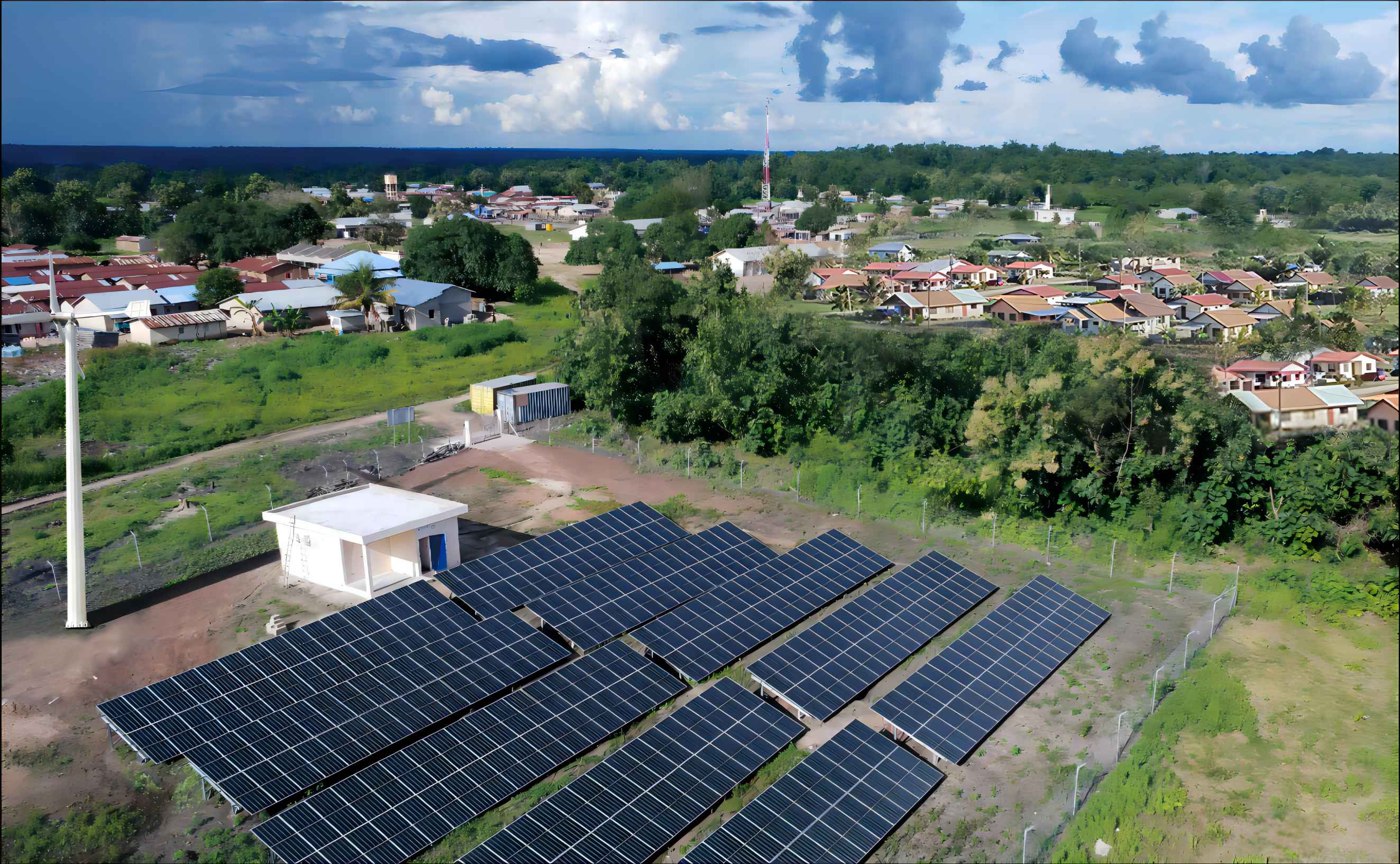 نظام تخزين الطاقة الصغيرة للقرية
نظام تخزين الطاقة الصغيرة للقرية
 نظام تخزين الطاقة الشمسية الصغيرة للفندق
نظام تخزين الطاقة الشمسية الصغيرة للفندق
 نظام الشبكة الشمسية الصغيرة
نظام الشبكة الشمسية الصغيرة
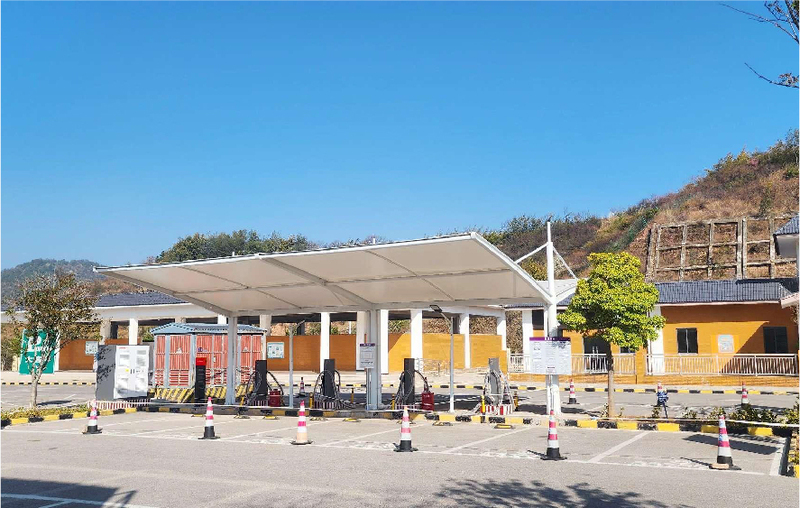 نظام شحن التخزين الشمسي
نظام شحن التخزين الشمسي
 نظام تخزين الطاقة الشمسية الصناعية والتجارية
نظام تخزين الطاقة الشمسية الصناعية والتجارية
 نظام الشبكة الشمسية الصغيرة للفندق
نظام الشبكة الشمسية الصغيرة للفندق
 نظام الشبكة الشمسية الدقيقة للمستشفى
نظام الشبكة الشمسية الدقيقة للمستشفى
 نظام الطاقة الشمسية خارج الشبكة مع حزمة البطارية
نظام الطاقة الشمسية خارج الشبكة مع حزمة البطارية